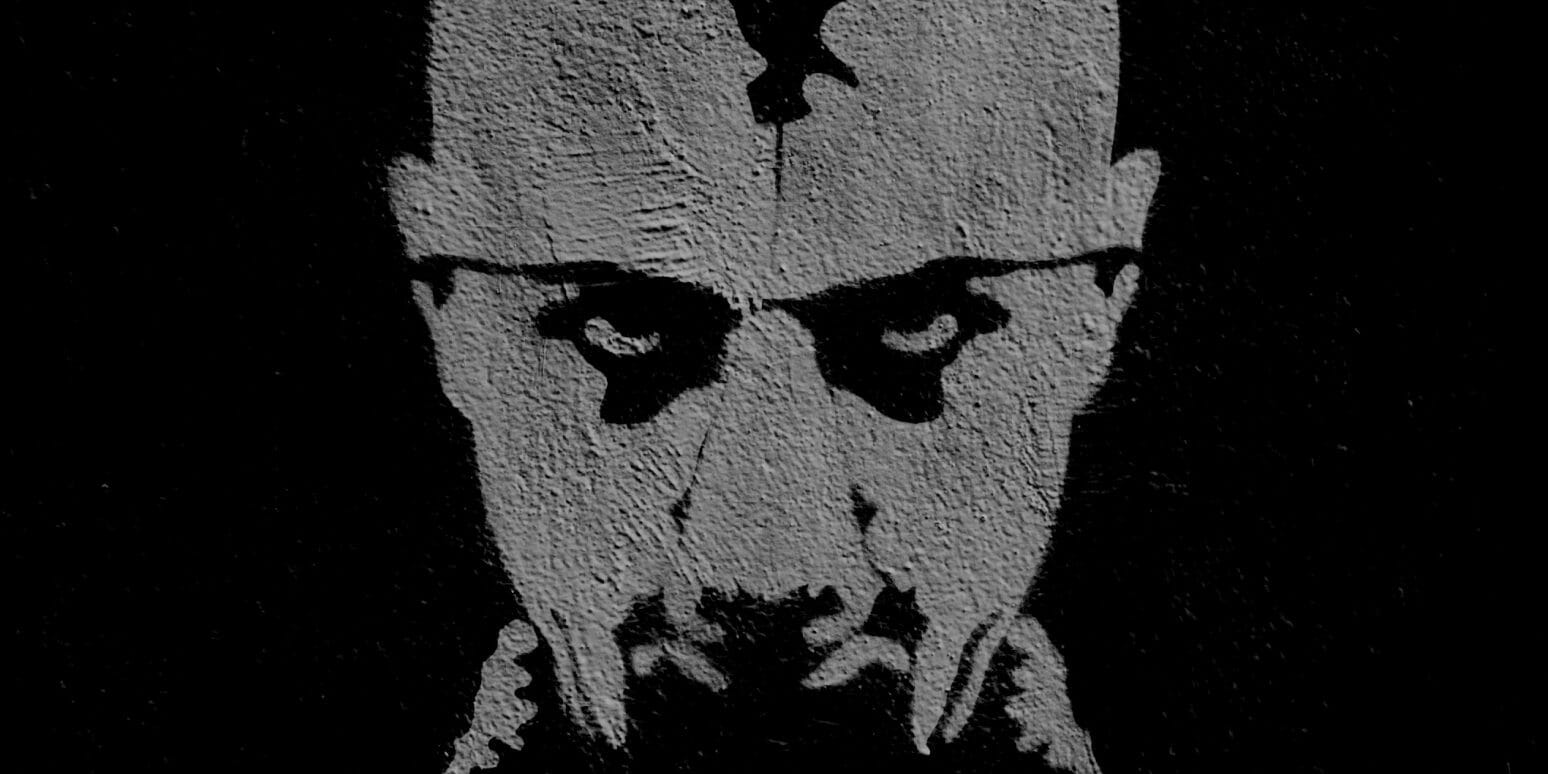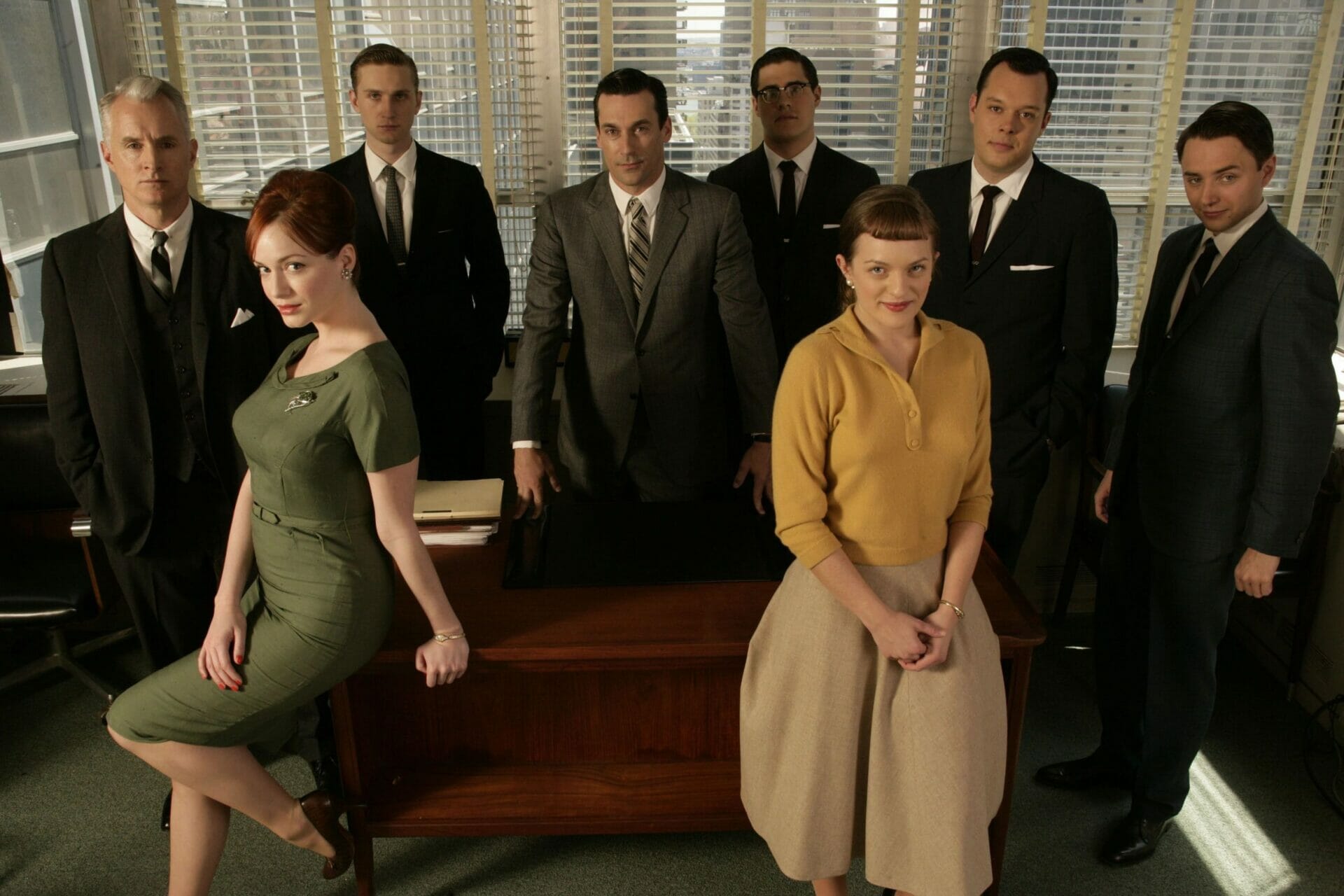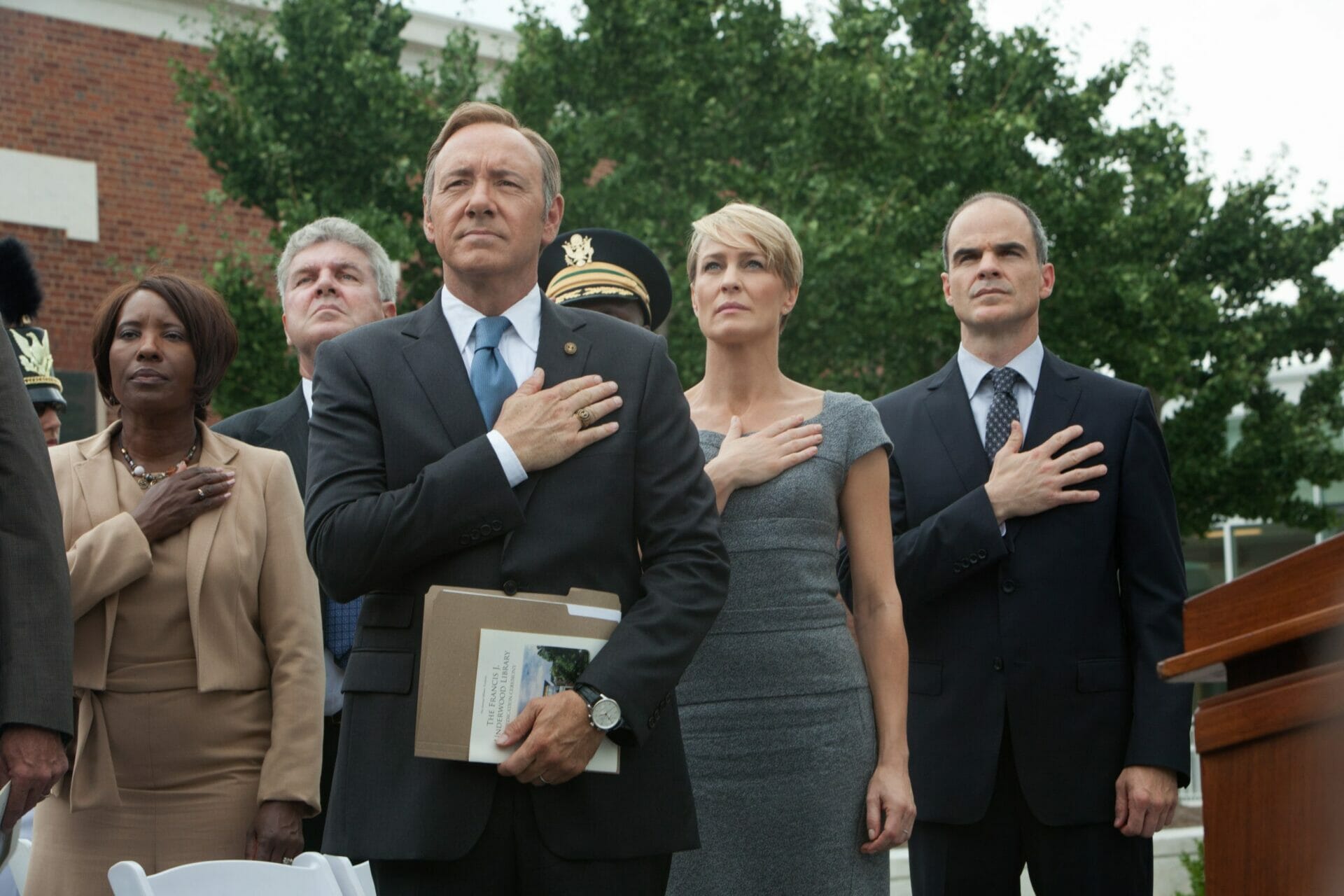
American Psycho | The Darkest Side of Society
Author
Year
Format
Length
Original language
Genre
In 1991 there appeared the controversial novel American Psycho, the third book by the American writer, director, and screenwriter Bret Easton Ellis, one of the group of late-eighties-early-nineties New York literary starlets dubbed ‘The Brat Pack,’ which included Jay McInerney and Tama Janowitz. American Psycho portrays the darkest side of society through the disturbing story of Patrick Bateman, a wealthy New Yorker who leads a double life.
By day, he is a successful Wall Street yuppie. He goes to the most exclusive parties, clubs, and restaurants in Manhattan, with his equally rich coworkers and girlfriend. By night, he is a sadistic serial killer who rapes, tortures, dismembers, and even eats his victims: women, colleagues, children, homeless men, and dogs.
The book is written in the present-tense and first-person, compelling the reader to see things from Bateman’s standpoint and to reflect upon the society we live in. After an enormous number of complaints and petitions to ban the book, Simon & Schuster dropped Ellis before the publication of the hardback. Leading publishers Alfred J.Knopf, however, went to print with the paperback edition under the Vintage imprint.
A man and a society without values
Bateman is materialistic and narcissistic. He only cares about expensive clothes, watches, restaurants and skincare products. His workout and beauty routines are impeccable. Indeed, he is obsessed with image: “American Psycho is one man’s ultimate series of selfies” said Ellis on the book’s 25th anniversary.
Yet, Bateman is no exception. He and his coworkers are all “strictly conformist in their superficiality”, to the point that they are often mistaken for each other. Thus, the novel draws an uncanny portrait of late 1980’s Manhattan culture, dominated by consumerism, money, and violence. As its title suggests, Bateman’s deranged psyche is only a mirror of society.
The banality of violence
American Psycho is famous for its endless, repetitive descriptions. Not only Bateman meticulously describes food menus and outfits, but he also depicts his “acts of brutality in the same numbing, excessive detail and flat tone“. This aesthetic choice highlights that everything about the American Dream is meaningless, to the extent that a Valentino double-breasted suit is as relevant as a colleague’s dismembered body.
As Ellis explains,
I was writing about a society in which the surface became the only thing. […] So I wrote a book that is all surface action: no narrative, no characters to latch onto, flat, endlessly repetitive. I used comedy to get at the absolute banality of the violence of a perverse decade.
Thirty years of controversy
Because of its passages of extreme violence, mainly towards women, American Psycho is considered one of the most controversial novels of the 20th century.
Even before its publication, Ellis received 13 death threats. The book found few defenders. Roger Rosenblatt of the New York Times called it “the most loathsome offering of the season”; Norman Mailer, in Vanity Fair, labeled it as “deranging work”. The National Organization for Women even called for a boycott of all books published by Vintage. However, novelist Fay Weldon had a different take on American Psycho. “Ellis is a very, very good writer,” she wrote. “He gets us to a T. And we can’t stand it. It’s our problem, not his”. Irvine Welsh, Trainspotting author, considered it one of the best novels of our time.
Thirty years after its publication, American Psycho still represents a cult classic about the darkest side of society. In 2000, screen-writer Mary Harron adapted it into a film starring Christian Bale.
Tag
Buy a ☕ for Hypercritic









